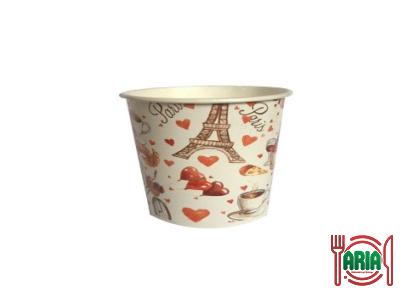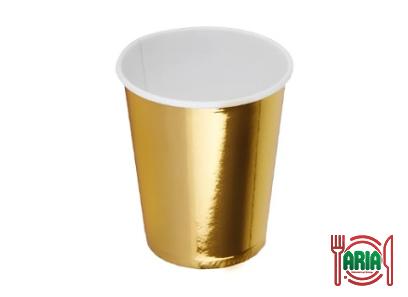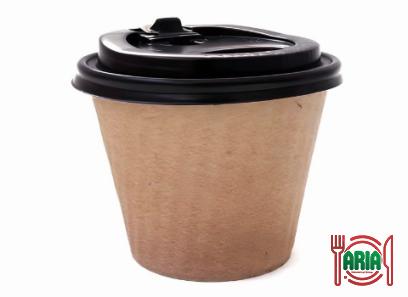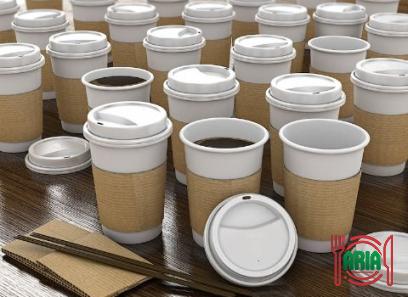At the end of August 2019, France introduced a new policy that would ban cutlery, cups, and plates. This follows the country’s ban on plastic bags. let’s look at some of its features that some of which are eco-friendly.
The connection that our culture has with plastic is a difficult one. Over the course of one hundred years, the man-made polymer that is derived from petroleum has gone from being a wonder material to an environmental villain.
A universe of “eco-friendly” plastics has emerged as a result of the continued use of traditional plastics over the course of many decades, a recent change in consumer choice, advancements in materials science, and laws safeguarding the Earth.
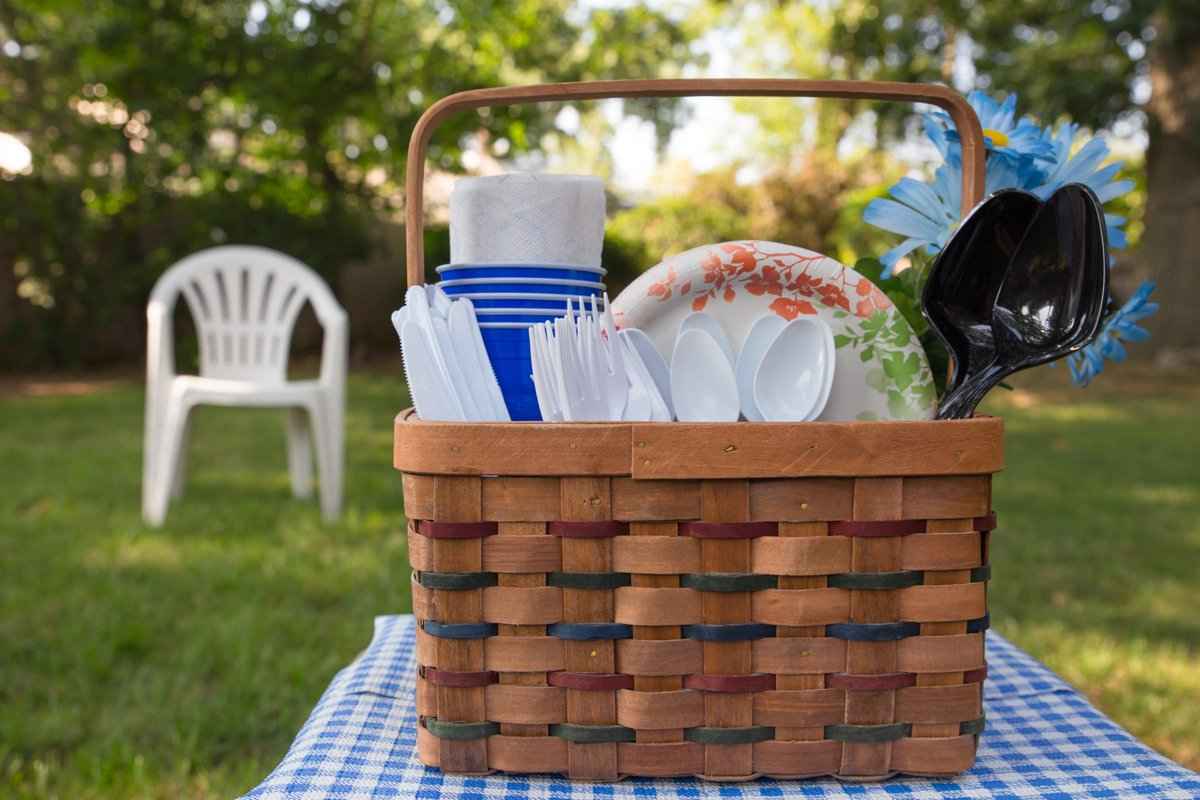
Materials that are bio-based, biodegradable, and recyclable are gaining popularity not just in product packaging but also in the items themselves.
The majority of people see this recent invention as an exciting and good step forward; yet, the recycling procedure for these items is not as straightforward as “green means go.”
You’ll need to grasp the new recycling standards quickly since they come with the introduction of new, more sustainable products.
Traditional plastics against the rest of the world
Over 8.3 billion metric tons of plastic have been created all over the globe since the 1950s, when it was first introduced to the general public.
The vast majority of plastic ever produced is still in existence today because it is designed to be resistant to decomposition.
According to estimates provided by research conducted in 2017, the overwhelming majority of this quantity of plastic may be found in landfills or the natural environment; just 12% of it has been burned, and only 9% has been recycled.
To make matters worse, companies all around the world produce an additional almost 308 million metric tons of virgin material each year.
Some believe that by the year 2050, this figure will have increased by a factor of two, reaching something in the neighborhood of 756 million metric tons annually.
The human conscience, on the other hand, is a very changeable factor that may significantly alter the outcome of this prediction.
The market for biodegradable or “eco-friendly” plastic reached $3.27 billion in 2019, and it is predicted to expand 9.4% year over year, practically doubling by the year 2027.
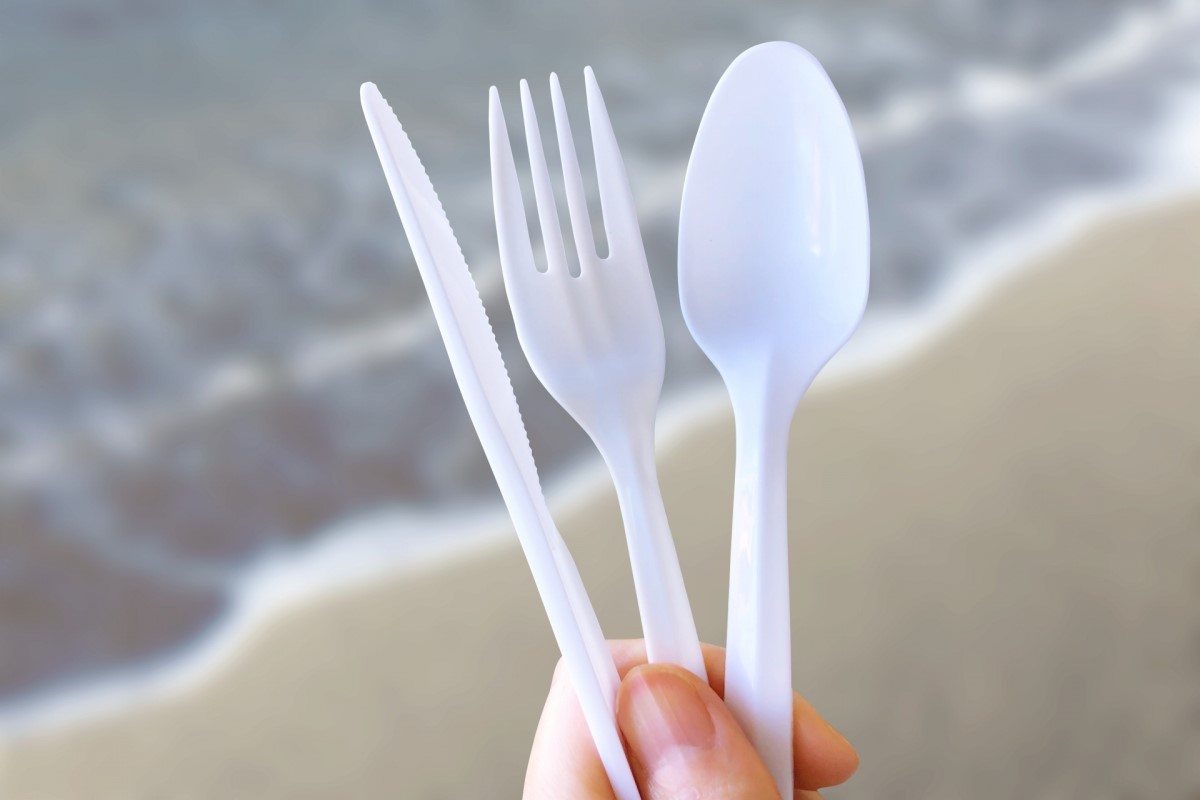
This market is now making inroads into the conventional petrochemical plastic business.
This might be sped up even further by laws and government restrictions that limit the manufacturing and consumption of virgin plastics, in addition to consumer attitudes toward alternatives that are more environmentally friendly.
What do you mean by the term “eco-friendly plastics”?
Companies all across the world are moving away from using newly pressed petrochemical plastics in their goods and packaging and instead switching to a variety of “eco-friendly” plastics because they can feel the change in customer sentiment.
But could you explain the meaning of the phrase?
Plastics that are environmentally friendly are, by definition, a subset of engineered polymers that have been intended to biodegrade or be recycled in a closed-loop system.
Bioplastics, biodegradable plastics, and recycled plastics are the three primary subgroups that may be distinguished within this larger category.
Bioplastics
Bioplastics are a class of polymers that may be made from renewable resources and are designed to decompose in their natural environments.
Bioplastics are also known as “plant-based” plastics.
Examples of bioplastics include starch-based polymers developed from potatoes or maize, polylactic acid (PLA), polyhydroxyalkanoate (PHA), and revolutionary new materials such as Notpla, which is a solution created from seaweed.
One of them in particular, polylactic acid (PLA), which is generated from maize, is quickly gaining favor among manufacturers.
It only requires one-third of the energy that is required to create typical plastics, releases seventy percent fewer greenhouse gasses while decomposing in landfills, and cuts total emissions by at least twenty-five percent.
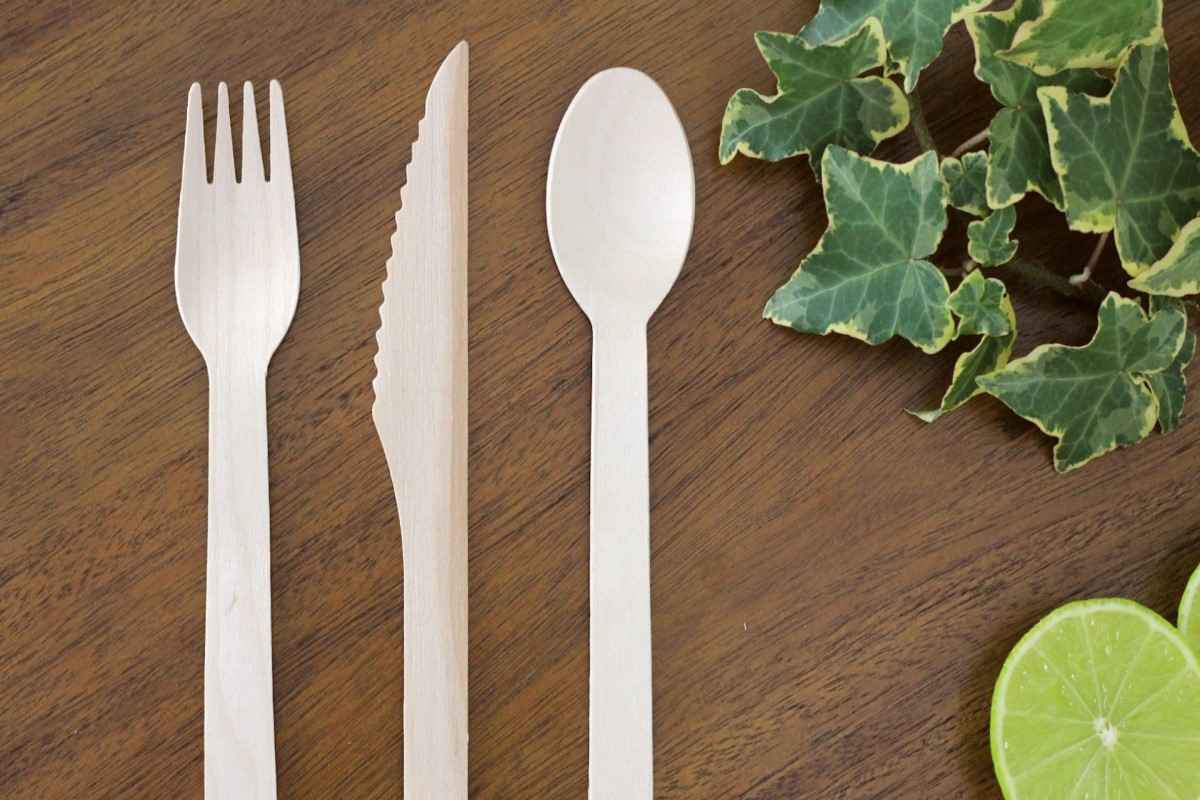
Biodegradable Plastics
There is a category of plastics known as biodegradable plastics.
These plastics are made either partially or entirely from non-renewable petroleum and contain chemical additives that cause them to break down more quickly when exposed to light, oxygen, moisture, and/or heat.
Biodegradable plastics are also known as compostable plastics.
Polybutylene adipate terephthalate, also known as PBAT, and polybutylene succinate, often known as PBS, are both polymers derived from petroleum that is used in the production of films, product packaging, and in certain instances, liners for paper cups.
In general, they are seen as being friendlier to the environment than the conventionally numbered sevens are.
The use of recycled plastics
Plastics that have been used and recycled may include anything from 10 to 100 percent post-consumer plastics that were derived from petroleum.
These materials may be reused in a circular fashion, such as a polyethylene terephthalate (PET) bottle being recycled into a recycled polyethylene terephthalate (PET) bottle.
You might also choose to downcycle them, turning things like HDPE (high-density polyethylene) supermarket bags into deck planking or park seats, for example.
Those made of recycled plastic, much like products made of regular plastic, are not considered to be biodegradable.
However, in light of the abundance of virgin plastics that are sent to landfills in the United States each year (27 million tons), a great number of businesses have voluntarily chosen to increase the percentage of recycled content used in the production of new products in an effort to reduce the footprints left by their operations.
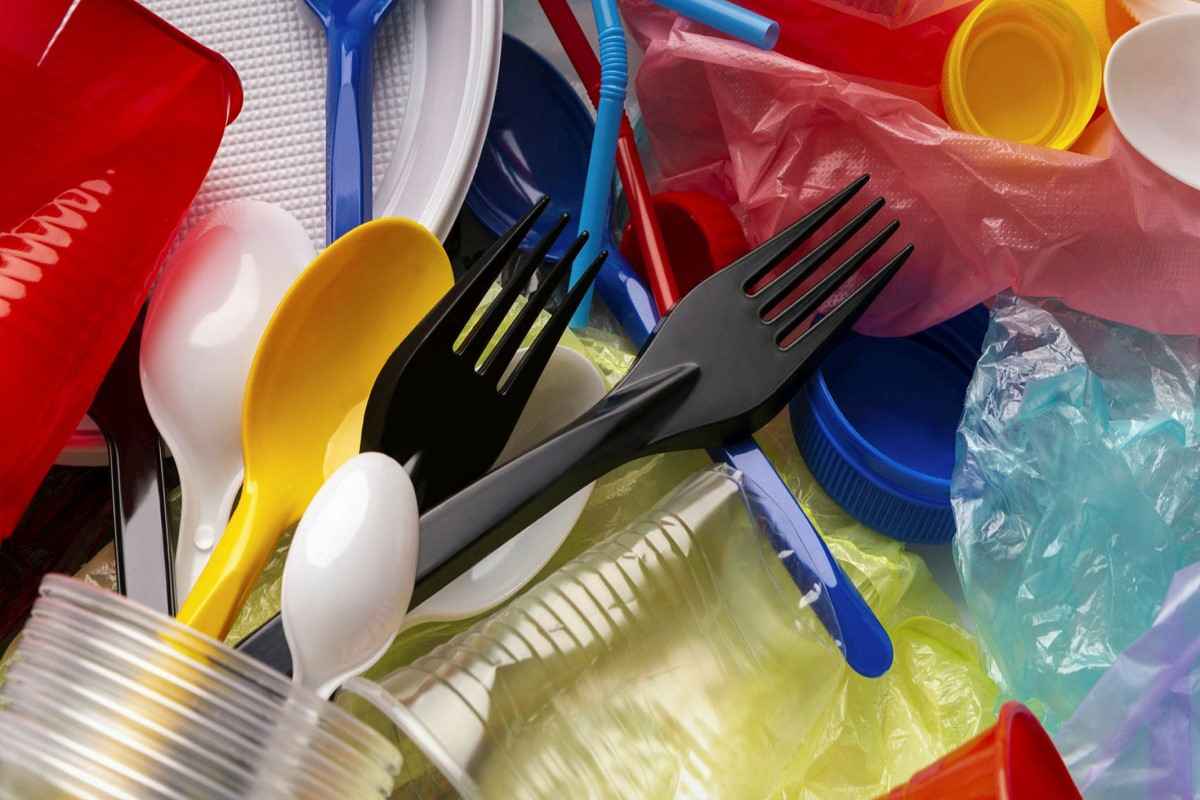
Our earth-friendly plastic cutlery is the best choice for you if you need biodegradable silverware for throwaway use that won’t have a negative impact on the natural world.
The environmental effect of these items is mitigated to some extent by the use of recycled or environmentally friendly materials in the production of several of these goods.
In addition, some of the eco-friendly plastic cutlery that we provide is even biodegradable, which means that it may be disposed of in landfills without preventing its decomposition.
We provide plastic cutlery that is safe for the environment in a broad range of colors and designs, allowing you to easily select an item that satisfies your preferences.
These items are not only beneficial to the natural world, but they also provide a high degree of convenience due to the fact that they may be thrown away once they have been used.
Because they are disposable, they are also an ideal choice for usage in fast food restaurants, convenience shops, and other businesses that provide catering services.
The fact that eco-friendly plastic cutlery is manufactured out of materials that aren’t harmful to the environment makes it the perfect throwaway product for your grocery store, catered event, or deli, where it may be used several times.
There are a lot of different possibilities, and the fact that they are created from renewable and recycled materials makes them an excellent choice for businesses that are concerned about the environment.
Additionally, despite the fact that they are disposable and beneficial to the environment, we provide a number of heavy-duty choices that are able to manage rich and substantial items such as chicken, steak, and pasta.

